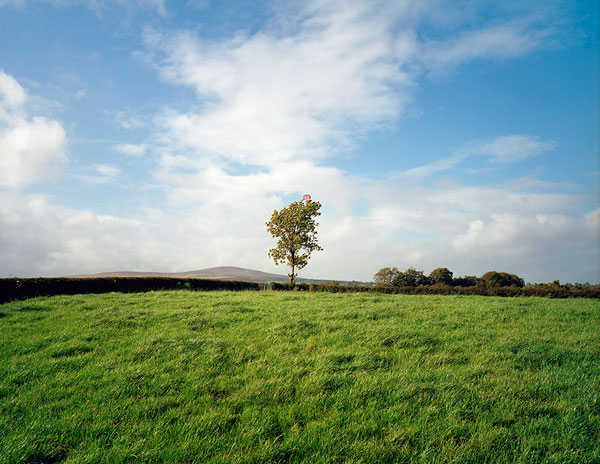



These images are from different bodies of work by the photographer Pieter Hugo. Hugo photographs exclusively in africa with subject matter covering many different aspects of cultural and societal life in africa. the first two images are from his series Nollywood, where he photographs different characters from movie sets. Nollywood is apparently the the third largest film industry (right behind bollywood), and is extremely violent and brutal. The third image ios from the series permanent error where he documents a dump site a discarded technological waste from the west. The fourth image is from a series of portraits of albino africans; apparently african albinos are seen as outcast, and fear for their lives due to a black market niche were parts of an albino are sold to certain african medicine men and witch-doctors. The last images is from a series that depicts hyena handlers, and how they travel from town to town entertaining crowds.
I find Hugo's photography to be not only technically strong and artistic, but extremely fascinating as well. enough said, his work speaks for itself. check him out here www.pieterhugo.com



















































